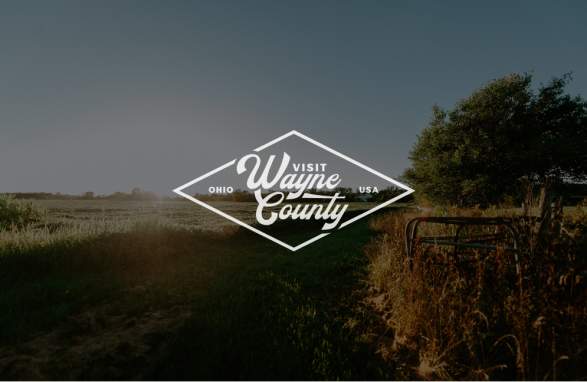Nestled in the heart of Wayne County, Ohio, the village of Shreve stands as a testament to a vibrant past and a community steeped in history. From its humble beginnings to its growth as a thriving center of commerce, Shreve has witnessed significant transformations throughout the years. In this blog post, we'll take a journey back in time to explore the captivating history of Shreve, Ohio, and discover the unique stories that have shaped this charming village.
Early Settlement and Founding:
Shreve traces its origins back to the early 19th century when settlers began to establish homes in the region. In 1812, Peter Shreive, a local millwright and prominent figure, arrived in the area, later becoming the village's namesake. The village began to flourish with the construction of mills along Killbuck Creek, harnessing its water power to support the burgeoning agricultural community. With the arrival of the Ohio and Erie Canal in the 1830s, Shreve experienced further growth as a vital transportation hub.
Canal Era and Economic Boom:
The Ohio and Erie Canal played a pivotal role in Shreve's development, serving as a lifeline for trade and commerce. The canal's arrival brought increased economic opportunities, attracting merchants, craftsmen, and settlers to the area. Shreve became a bustling center for trade, with warehouses, mills, and businesses flourishing along its banks. The canal era brought prosperity to the village, fueling its growth and shaping its identity as a vital commercial and agricultural hub in Wayne County.
Agricultural Heritage:
Throughout its history, Shreve has maintained strong ties to agriculture, which has been a cornerstone of the village's economy. The fertile lands surrounding Shreve allowed for the cultivation of crops and the raising of livestock. Agriculture played a crucial role in the lives of its residents, with farms and agricultural enterprises providing sustenance and employment. Today, Shreve continues to honor its agricultural heritage through community events such as the Shreve Homecoming, which celebrates the village's rich farming traditions.
Railroad Influence:
The introduction of railroads in the mid-19th century brought yet another transformative era for Shreve. The Pittsburgh, Fort Wayne, and Chicago Railway (later known as the Pennsylvania Railroad) established a station in the village, further enhancing its connectivity and fostering economic growth. The railroad facilitated the transportation of goods, creating new avenues for trade and expanding the village's reach beyond its immediate vicinity. The railroad's presence contributed to Shreve's status as a thriving commercial center.
Community Spirit and Historic Preservation:
Shreve's rich history is a testament to the enduring spirit of its community. Over the years, local residents have shown a deep commitment to preserving the village's historical significance. Efforts have been made to restore and maintain historic buildings and landmarks, such as the Shreve Union Schoolhouse and the Shreve Hotel, offering a glimpse into the village's past. The community's dedication to historical preservation ensures that future generations can appreciate and learn from Shreve's captivating heritage.
Festivals and Community Events:
Shreve's vibrant history is celebrated through various festivals and community events held throughout the year. The aforementioned Shreve Homecoming, held annually, honors the village's agricultural roots and brings together residents and visitors in a joyous celebration. Other events, such as the Shreve Spring Migration Sensation and the Shreve Migration Sensation Car Show, showcase the village's natural beauty and provide opportunities for the community to come together in celebration of its shared history.
Shreve, Ohio, stands as a testament to the transformative power of time and community resilience. From its early days as a canal town to its current success.

